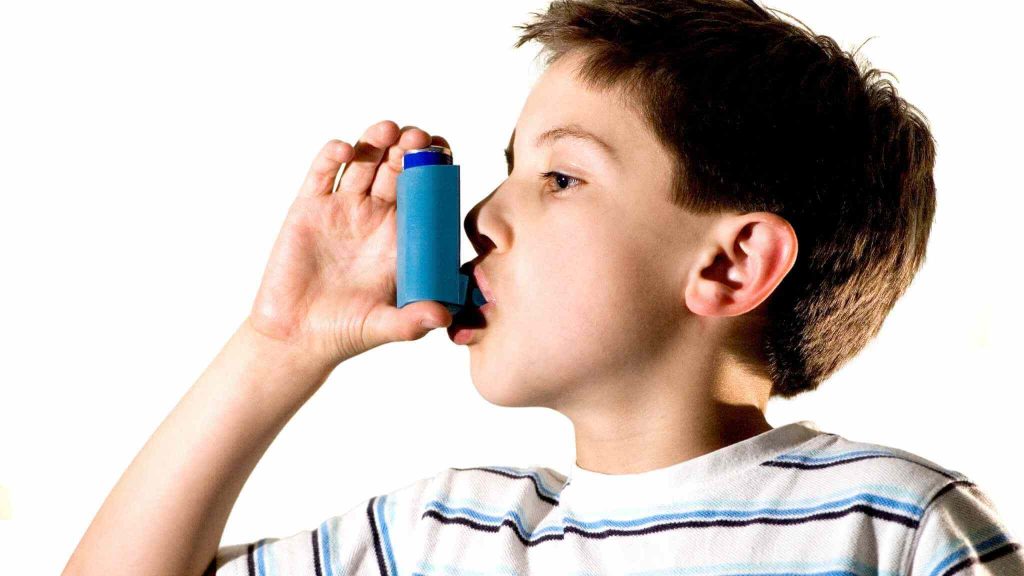First Aid In Childcare
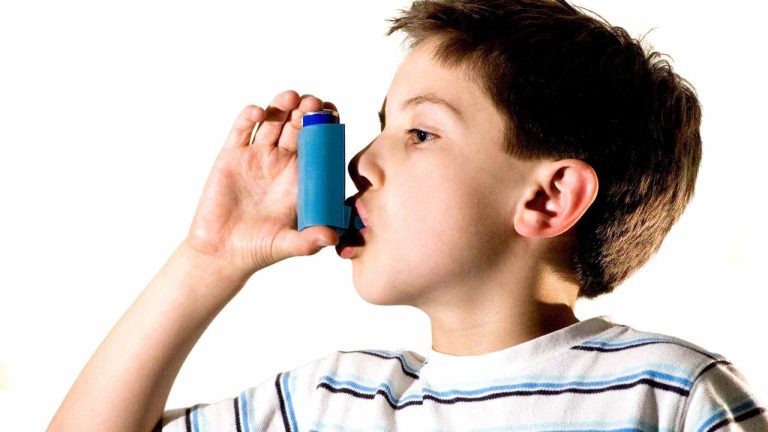
First Aid In Childcare
Working in a childcare environment can be challenging both physically and mentally.
First aid requirements in childcare contain specific sets of skills
Young pre-school children have very different needs to adults and even older children.
Most child care centres take children from 6 weeks old, and children this young have very specific needs, especially in an emergency.
Young children are much more at risk of accidents in a domestic environment. Although a childcare is obviously not a childs home, they can spend up to 5 full days a week in this environment.
The appropriate course for childcare workers is Provide First Aid in an Education and Care Setting HLTAID012
Over 150 Australian children die each year from preventable injuries. A further 68,000 are hospitalised – Kidsafe.com.au 2022
People often comment that we live in a ‘nanny state’ nowadays but in 1978, the death rate in children from accidents and injuries was 650 per year. It is now 150 per year, so we are doing something right.
Children under the age of 5 are much more at risk than children aged 6-10. Tis is mostly die to the fact that they are still very young but mobile and curious. Very young children have a ‘no fear’ attitude, which is essesntila to learn to walk. If an adult fell over as much as a toddler does, they would probably give up trying to walk!
Is this the same as the HLTAID004?
Yes! The Provide emergency first aid in an education and care setting HLTAID004 for changed to Provide first aid in an education and care setting HLTAID012. Same course, just updated.
In the HLTAID012 you will learn:
- Baby & Child CPR
- Defibrillation
- Administering an autoinjector for anaphylaxis
- Administering asthma medication
- Immobilisation for envenomation Fractures
- Dislocations
- Sprains and strains
- Bleeding and shock and other conditions
When does my first aid in childcare expire?
Your Provide first aid in an education and care setting expires every 3 years. You will need to refresh your Provide CPR HLTAID009 every 12 months. This is includes in the HLTAID012.
Some of the common injuries sustained in childcare are:
Head injury
When you have lots of children in the same place, head injuries are almost invitable. Here are some tips and advice on how to deal with head injuries in a childcare setting.
Seek help immediately by calling an ambulance if:
- The child has had a head injury involving high speeds or heights greater than a metre, for example, falling from playground equipment
- The child loses consciousness (passes out)
- The child seems unwell and vomits more than once after hitting their head.
Signs and symptoms of moderate/severe head injury:
If your child has a moderate or severe head injury, they may:
- lose consciousness
- be drowsy and not respond to your voice
- be dazed or shocked
- not cry straight after the knock to the head (younger children)
- be confused, have memory loss or loss of orientation about place, time or the people around them
- experience visual disturbance
- have unequally sized pupils or weakness in their arm or leg
- have something stuck in their head, or a cut causing bleeding that is difficult to stop, or a large bump or bruise on their head
- have a seizure, convulsion or fit
- vomit more than once.
Mild head injury
A mild head injury or concussion is when the child:
- may display altered level of consciousness at the time of the injury
- is now alert and interacts with you
- may have vomited, but only once
- may have bruises or cuts on their head
- is otherwise normal.
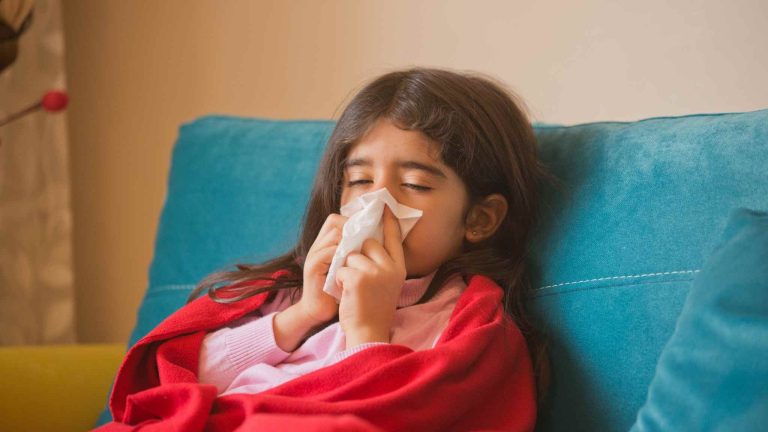
If at any point the child starts to act ‘out of character’ even if you think they only have mild head injury symptoms, seek medical advice immediately!
Call an ambulance immediately if you have any difficulty waking the child after a nap.
If the child experiences any of the following symptoms, inform the parents, take them to the doctor or nearest hospital emergency department immediately:
- bleeding or any discharge from the ear or nose
- poor coordination or clumsiness
- severe or persistent headache that is not relieved by paracetamol.
- any arm or leg weakness
- difficulty swallowing or coughing when eating or drinking
- sensitivity to noise • slurred or unclear speech
- unusual or confused behaviour
Choking
A child could have 3-4 meals a day at childcare and very mela should be age appropriate for the child.
Below is what you would learn in a first aid course for childcare.
If a child is choking and still breathing In many cases, coughing will help dislodge the object. • Encourage the child to cough. Infants and young children may cough instinctively.
- Stay calm and reassure the child.
- Continue to monitor for breathing until they recover.
If a child is choking and
- not breathing properly
- Cough becomes weaker
- Noise when breathing Follow the first aid steps outlined below.
- Infants (less than one year old) should be placed face down, across your knees and held with their head lower than their chest.
- Older children can sit and lean forwards if they are able; otherwise lie them on the floor on their side (recovery position).
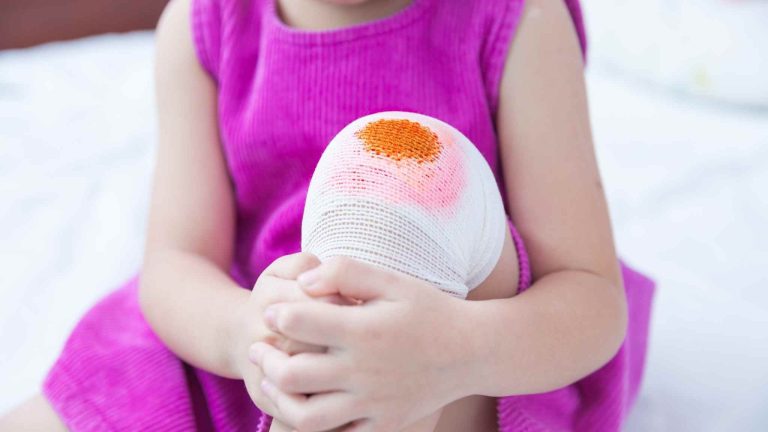
If coughing doesn’t help dislodge the object, or the child stops breathing at any time, call an ambulance.
Once the child is positioned appropriately:
- Give five sharp back blows with the heel of your hand between the shoulder blades. In between each back blow, check to see if the object has been dislodged and if the child is breathing.
- If the back blows are unsuccessful, turn the infant onto their back. If an older child is lying down, also turn them onto their back.
- Give five chest thrusts using two fingers (infant) or the heel of your hand (child), keeping your hand in contact with the chest at all times. For a chest thrust, position your hand or fingers over the same area you would use for CPR compressions (the lower half of the sternum or ‘breast bone’).
- After each chest thrust, check to see if the object has been dislodged.
- If the blockage has not cleared, continue to alternate between five back blows and five chest thrusts (steps 1 to 4 above) until the ambulance arrives. If at any time the child stops breahing or becomes unconscious, call an ambulance and start CPR. Do not use the Heimlich manoeuvre (forceful squeezing of the abdomen) at any time, as this can cause serious damage to internal organs.

Allergic reaction
Small children could have allergic reactions in childcare to food, insect stings or bites, or environmental factors like grasses or pollens.
If a child develops any of the following symptoms:
- Swelling of lips, face and eyes
- Hives or welts
- Tingling mouth
- Abdominal pain or vomiting
Remove food from them if they are eating, notify the parents and administer anti histamine medication if appropriate. Source their Epipen if they have one.
Monitor the child closely for the next few hours, if they are not taken to the GP.
If the child develops these more severe symptoms:
- Difficult or noisy breathing
- Swelling of the tongue
- Seelling or tightness in the throat
- Wheeze or persistent cough
- Difficulty talking or a horse voice or cry
- Dizziness or collapse (oldr child)
- Pale and floppy (young child)
Steps to take:
- Remove the food if they are eating
- Lay or sit the child down
- Source the childs adrenaline autoinjector and action plan
- Follow the action plan and administer the adrenaline autoinjector
- Call an ambulanc
- Notify parents
Please not that abdominal pain or vomiting is a sign of anaphylaxis in insect bites or stings but is not a sign of anaphylaxis in food allergy.
Childcare first aid
A childcare first aid course will explain how to react to an allergic reaction in great detail. Sometimes recognising an allergic reaction can be confusing and confronting, as there can be many triggers and often the child is too young to tell you how they are feeling or what happened.
Broken or Dislocated Bones
A dislocated is when the joint falls out of the socket The most common dislocation in children is a dislocated elbow.
This can occur when we are swinging our children round by the arms or they get pulled too hard by the hand or wrist.
If this happens too often the joint will become weak.
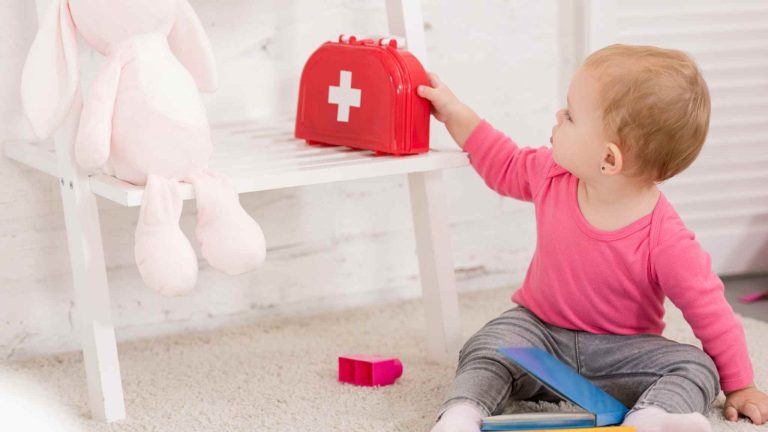
Treatment A triangular bandage to support the arm across the body while you seek help.
Signs and symptoms of a fracture
Older children will usually be able to tell you where they are sore and can explain what happened to cause the injury. It can be more difficult to identify a fracture in infants or toddlers.
They may cry and not use the affected area, but there may be no obvious injury.
If you think the child has a fracture, they may have the following symptoms:
- pain or tenderness at the injury site
- swelling or redness around the injury
- deformity (unusual shape) of the injured area
- not wanting to move or use the injured area.
First aid treatment for fractures First aid treatment for fractures aims to provide comfort to your child, helps to reduce swelling, and provides your child with pain relief until the fracture is treated.
Apply the following first aid for a suspected fracture, then seek medical help:
- notify parents and if able, give them some pain relief (e.g. paracetamol or ibuprofen)
- reduce movement of the injured area if possible, by applying a splint or sling • apply an ice pack to the injury
- elevate the limb.
Childcare First Aid Course
The First Aid Nest run public and workplace first aid courses. We prefer a workplace group to be 6+ people.
Our workplace first aid courses can be run at your site Australia wide. Our public classes are here in Sydney, and are the best option if you are an individual, a couple or a group of just a few people.
Our sophisticated system will take the headache out of renewal for you too, we will send you reminders about when your certificate is about to expire!
Book your spot or your workplace with us today or contact us with any questions or head to our FAQ page.

